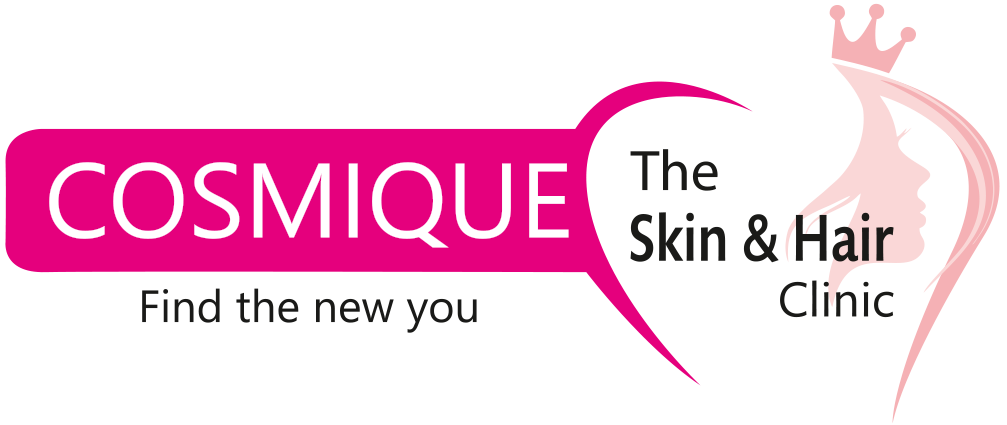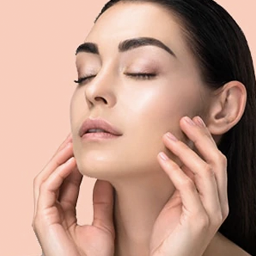As you become older, you may notice an increase in the number of little dark spots on your skin. These age spots, which are a normal reaction to cumulative sun exposure over time, tend to become more visible as you get older.Although they usually appear around the age of 50, those who spend a lot of time in the sun can develop age spots at a younger age.
If you want to reduce the sight of these age spots, there are a variety of methods accessible. Continue reading to learn about practical solutions for getting rid of age spots.Although they usually appear around the age of 50, those who spend a lot of time in the sun can develop age spots at a younger age.If you want to reduce the sight of these age spots, there are a variety of methods accessible. Continue reading to learn about practical solutions for getting rid of age spots.
What are Age Spots?
Age spots appear as little dark spots on the skin, most commonly in places that have been exposed to the sun. These marks appear as a result of the body’s overproduction of melanin. While the actual origin is unknown, medical experts suggest that skin ageing, prolonged sun exposure, or the use of artificial tanning beds may all have a role.
Age spots are most typically found on sun-exposed skin and appear on the face, hands, upper back, neck, and shoulders. While anybody can be impacted by this ailment, certain people are at a higher risk. Individuals over the age of 40, as well as those with fairer skin, are especially vulnerable. Individuals who frequently expose their skin to sunlight or UV rays from tanning beds are also at a higher risk of getting this illness.
Causes and Risk Factors
Understanding the causes is as important as finding out how to get rid of age spots. Age spots are formed by an increase in melanin production in certain areas of the skin. While the specific reason is unknown, many factors contribute to its appearance. The following are the primary causes and risk factors for age spots:
Sun Exposure: The primary cause of age spots is prolonged and cumulative exposure to ultraviolet (UV) rays from the sun. As a defensive response, UV rays cause an increase in melanin formation. These spots are more common in areas that are frequently exposed to sunlight, such as the face, hands, shoulders, and arms.
Ageing: Age spots are formed as a result of the normal ageing process. As you become older, your skin’s capacity to regenerate and restore itself weakens, leaving it more prone to uneven pigmentation.
Genetics: Your genetic propensity to sun exposure might influence how your skin reacts to it and how much melanin your body generates. If you have a family history of age spots, you may be more prone to get them as well.
Skin Type: Fair-skinned people are more prone to age spots due to their lower melanin level, which provides less natural protection against UV rays.
Artificial Tanning: Regular use of tanning beds, which emit concentrated UV radiation, can increase the risk of age spots. Artificial tanning exposes the skin to too much UV radiation, which causes melanin overproduction.
Geographic Location: Living in areas with year-round bright sunlight or at higher altitudes increases your exposure to UV rays, increasing your chances of developing age spots.
Hormonal Changes: Hormonal fluctuations, such as those experienced during pregnancy or as a result of hormonal therapy, can cause an increase in melanin production and, as a result, the formation of age spots.
Medications: When paired with sun exposure, certain medications, particularly those that make your skin more sensitive to sunlight (photosensitizing drugs), can contribute to the formation of age spots.
Previous Skin Damage:Scars, burns, and other forms of skin trauma can sometimes cause the development of age spots in the affected areas.
Treatments to Remove Age Spots
Laser and Intense Pulsed Light Therapy: Both laser and intense pulsed light therapies target melanin-producing cells while leaving the skin’s surface unharmed. These treatments, which usually require two or three sessions, fade age spots over weeks or months. Although temporary skin darkening may develop, the adverse effects are minor. After treatment, wear sunscreen and sun protection.
Dermabrasion and Microdermabrasion: Dermabrasion is the removal of the skin’s surface layer to promote new skin growth. Microdermabrasion, which is gentler than dermabrasion, necessitates repeated sessions over several months. Both therapies have the potential to cause transient redness and scabbing.
Chemical Peel: Acid is applied to the face, removing the outer skin layer down to age spots. Age spots vanish as fresh skin emerges. Several treatments may be required, and transient redness is frequent. There is a minor possibility of irreversible skin colour change.
How to Prevent Age Spots?
It is important to prioritise sun protection daily. Every day, apply a broad-spectrum sunscreen to all exposed skin areas, especially one that contains physical blockers like zinc and titanium.
Conclusion
In this article, we discussed how to get rid of age spots. Understanding the causes and risk factors can help you take preventive measures to lower your chances of developing age spots. Sun protection, sunscreen use, protective clothing, and avoiding excessive tanning can all help to preserve healthy and even-toned skin.






